As housing costs and everyday expenses continue climbing in major metropolitan areas, many Americans seek alternatives that offer genuine quality of life without requiring six-figure incomes. Fortunately, numerous smaller cities and towns across the country deliver excellent amenities, strong job markets, and vibrant communities at price points that feel increasingly rare in today’s economy.
Here is a list of 20 exceptional American towns and small cities where your dollar stretches remarkably further while still providing the fundamental elements most people desire in a hometown.
Johnson City, Tennessee

Nestled in the foothills of the Appalachian Mountains, Johnson City combines outdoor recreation opportunities with practical affordability in a package that continues attracting remote workers and young families. The median home price hovers around $225,000, roughly 40% below the national average, while Tennessee’s lack of state income tax further enhances household budgets.
The presence of East Tennessee State University creates a steady economic base while infusing cultural vitality through performances, lectures, and sporting events accessible at community-friendly prices.
Cedar Rapids, Iowa
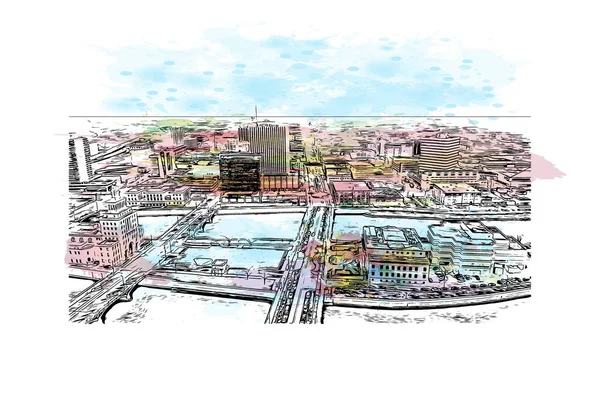
This midwestern city balances industrial heritage with forward-looking industries while maintaining housing costs nearly 30% below national averages. The robust manufacturing sector provides solid blue-collar employment opportunities.
At the same time, a growing technology presence creates white-collar positions with salaries that stretch incredibly far given the reasonable cost of living. The city’s commitment to flood recovery has generated numerous parks, trails, and public spaces that provide free recreational opportunities throughout the revitalized downtown and surrounding neighborhoods.
Like Travel Pug’s content? Follow us on MSN.
Las Cruces, New Mexico

Surrounded by dramatic mountain vistas, Las Cruces delivers Southwestern charm without the inflated prices found in Santa Fe or Sedona. Housing costs are approximately 25% below national averages, combined with New Mexico’s reasonable tax structure, creating genuine affordability.
New Mexico State University provides educational opportunities and cultural amenities, while the year-round sunshine enables an outdoor lifestyle requiring minimal expense for weather-appropriate gear or activities.
Springfield, Missouri

Positioned in the scenic Ozarks, Springfield functions as a regional hub while maintaining a cost of living approximately 20% below the national average across all major expense categories. The diverse economy includes healthcare, manufacturing, education, and retail sectors, creating employment options across various skill levels and educational backgrounds.
The extensive park system provides free recreational spaces, while the downtown revival offers entertainment and dining options with price points reflecting Midwestern sensibilities rather than coastal expectations.
Huntsville, Alabama
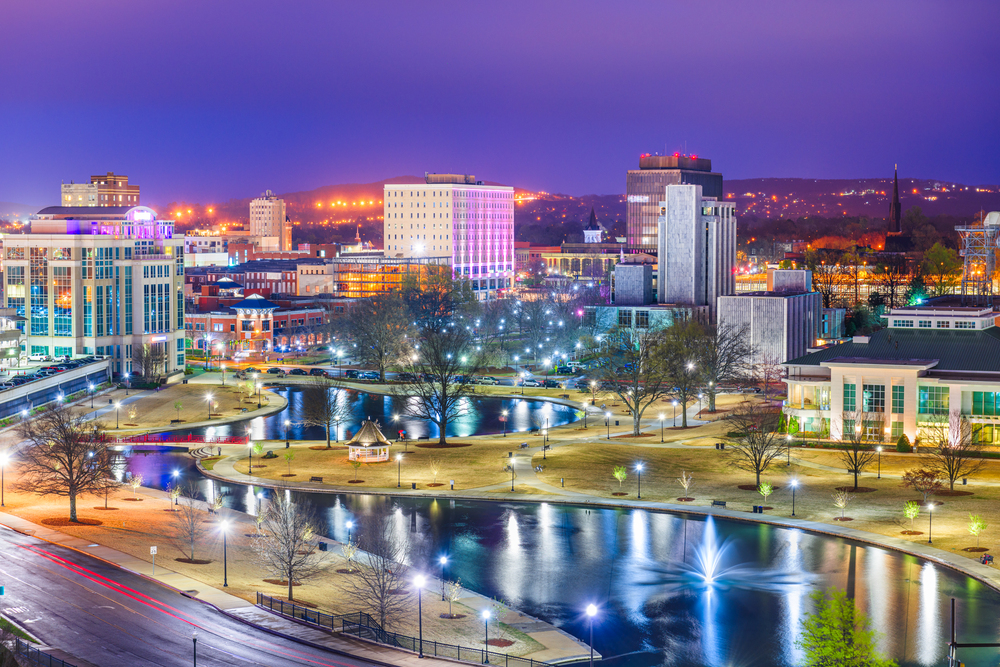
This surprisingly progressive Southern city combines aerospace engineering opportunities with housing costs 15% below national averages, creating an exceptional value proposition for technically skilled workers. The NASA presence and related defense contractors create high-paying jobs that go remarkably far in the local housing market, where well-maintained three-bedroom homes regularly list below $300,000.
The cost savings extend to everyday expenses, with restaurant meals, groceries, and entertainment all priced well below what similar quality would command in larger metropolitan areas.
Like Travel Pug’s content? Follow us on MSN.
Grand Forks, North Dakota
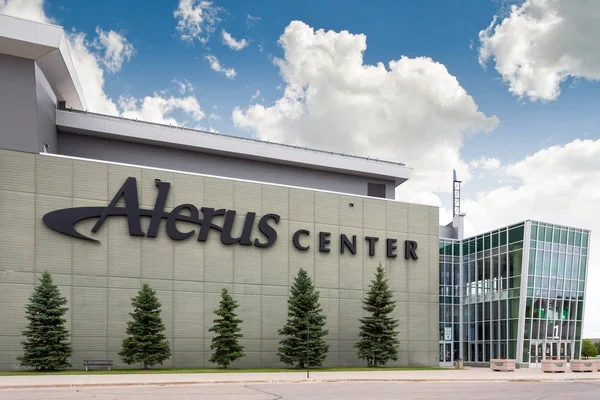
This university town along the Red River maintains an exceptionally low cost of living despite the presence of the University of North Dakota and its stabilizing economic influence. Housing costs run approximately 35% below national averages, while utilities and transportation expenses similarly undercut national norms.
The city’s location on the Minnesota border allows residents to shop strategically across state lines, taking advantage of tax differentials on various purchases depending on which state offers better terms.
Pittsburgh, Pennsylvania

Though considerably larger than most entries on this list, Pittsburgh’s remarkable affordability compared to other major Northeastern cities warrants inclusion. The city’s housing costs run roughly 25% below national averages despite the substantial amenities available, including major league sports, world-class museums, and exceptional dining.
The transformed economy now focuses on healthcare, education, technology, and financial services, creating professional opportunities that pay nearly national averages while local expenses remain firmly regional in scale.
Kalamazoo, Michigan

This college town offers a unique economic advantage through the Kalamazoo Promise, which provides free college tuition to graduates of local public schools. Housing costs approximately 30% below national averages, creating immediate budget relief, while the long-term educational benefit represents potentially hundreds of thousands in college savings for families.
The diverse economy includes healthcare, higher education, and manufacturing sectors, creating varied employment opportunities within a community-focused environment.
Like Travel Pug’s content? Follow us on MSN.
Savannah, Georgia

Though tourism drives portions of the local economy, Savannah maintains housing costs roughly 15% below national averages while delivering extraordinary historic ambiance and cultural offerings. The presence of the Savannah College of Art and Design infuses creative energy without the corresponding cost inflation often seen in arts-centered communities.
The walkable historic district eliminates transportation expenses during leisure time, while mild winters reduce heating costs and extend outdoor enjoyment of the city’s numerous parks and squares.
Morgantown, West Virginia
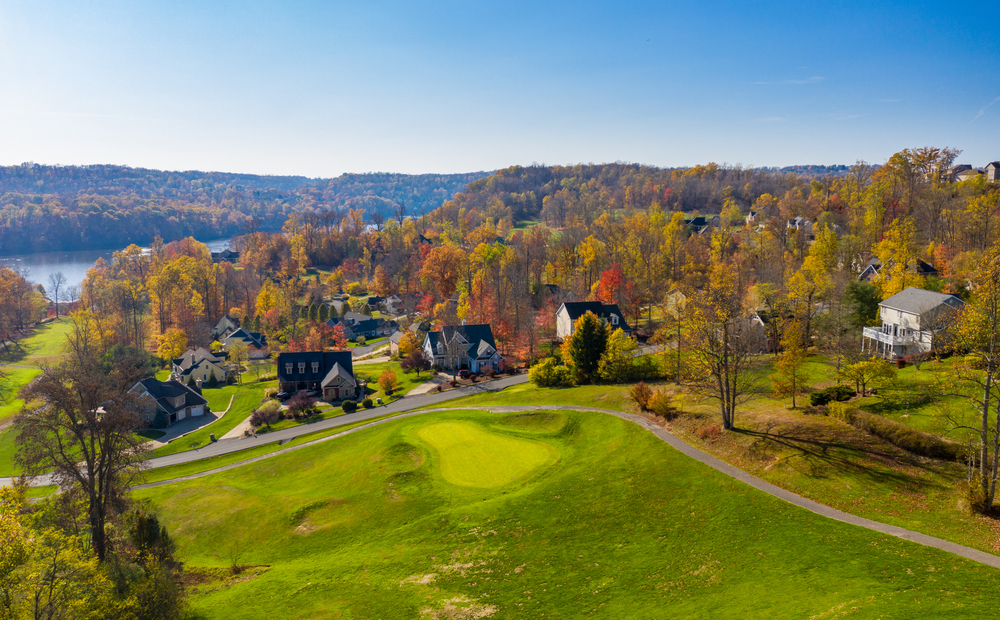
This lively college town benefits from West Virginia University’s stabilizing influence while maintaining housing costs approximately 25% below national averages. The university provides cultural programming and sporting events at accessible price points, creating entertainment options that don’t strain household budgets.
The surrounding Appalachian landscape offers exceptional outdoor recreation opportunities that require minimal equipment investment beyond basic hiking gear and water bottles.
Bloomington, Indiana

Home to Indiana University, Bloomington combines cultural sophistication with midwestern affordability, with housing costs tracking roughly 20% below national averages. The university creates employment opportunities and lifestyle amenities, including performing arts programming, sporting events, and continuing education options.
The surrounding state forests and lakes provide year-round outdoor recreation opportunities requiring minimal financial investment, from hiking and kayaking to foraging for seasonal mushrooms and berries.
Like Travel Pug’s content? Follow us on MSN.
San Marcos, Texas
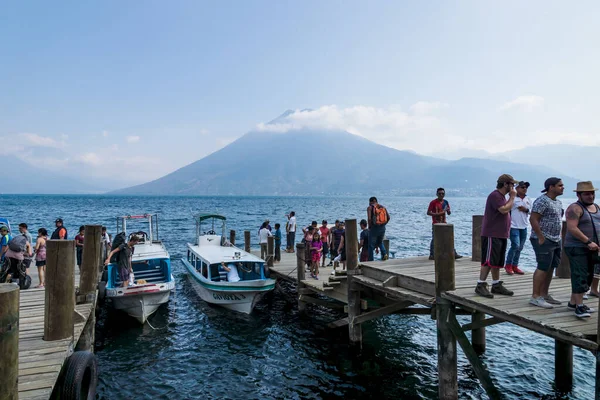
Positioned between Austin and San Antonio, San Marcos offers access to both cities’ job markets while maintaining housing costs approximately 15% lower than those of urban centers. Texas State University provides educational opportunities and cultural programming while creating a youthful energy throughout the town.
The spring-fed San Marcos River flowing through downtown offers free year-round recreation, from swimming and tubing to riverside parks that host community events and gatherings.
Fayetteville, Arkansas
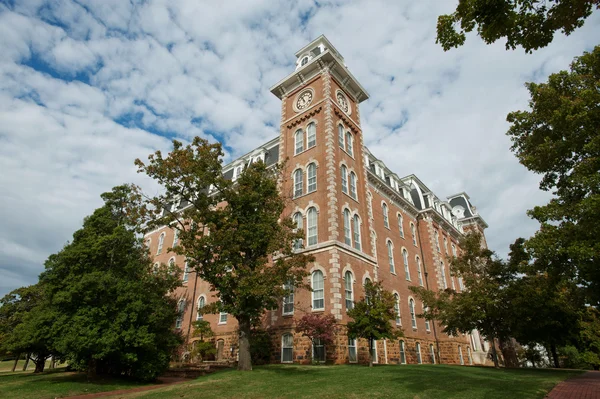
Home to the University of Arkansas, Fayetteville combines educational opportunities with the corporate influence of nearby Walmart headquarters while maintaining housing costs roughly 20% below national averages. The Ozark setting provides abundant outdoor recreation through extensive trail systems, lakes, and parks that require minimal financial investment to enjoy.
The robust local food scene includes farmers’ markets and affordable restaurants serving locally-sourced cuisine at price points reflecting the regional economy rather than national trends.
Ogden, Utah

Located 40 miles north of Salt Lake City, Ogden delivers access to world-class outdoor recreation and urban amenities while maintaining housing costs approximately 10% below national averages. The diversified economy includes aerospace, manufacturing, and outdoor industry companies providing solid employment opportunities with salaries that stretch remarkably far locally.
The exceptional public lands surrounding the city offer year-round recreation requiring varying equipment investments, though many activities need little more than appropriate footwear and weather-appropriate clothing.
Like Travel Pug’s content? Follow us on MSN.
Fort Wayne, Indiana
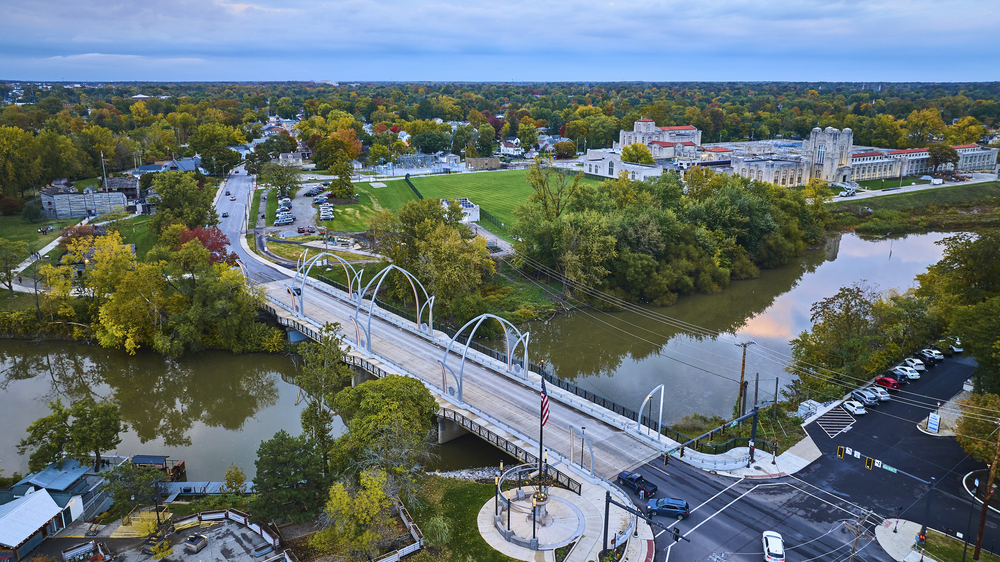
This midwestern city combines manufacturing heritage with healthcare, education, and defense sectors, creating a stable economic foundation while maintaining housing costs nearly 35% below national averages. The extensive park system includes over 100 properties connected by trails, providing free recreation opportunities throughout all seasons.
The minor league sports teams, symphony orchestra, and vibrant downtown offer entertainment options at price points reflecting Midwest values rather than coastal expectations.
Athens, Georgia

Though primarily known as home to the University of Georgia, Athens combines educational opportunities with a nationally recognized music scene while maintaining housing costs roughly 15% below national averages.
The creative community generates entertainment options ranging from free concerts to reasonably priced cultural events throughout the year. The mild climate reduces both heating and cooling expenses while extending outdoor enjoyment of the area’s parks, botanical gardens, and recreational spaces.
La Crosse, Wisconsin

Situated along the Mississippi River where Wisconsin, Minnesota, and Iowa meet, La Crosse offers exceptional natural beauty combined with housing costs running 25% below national averages. The diverse economy includes healthcare, education, manufacturing, and tourism sectors, creating varied employment opportunities across skill and education levels.
The surrounding bluff lands, rivers, and forests provide year-round outdoor recreation requiring minimal financial investment beyond basic equipment for hiking, paddling, and winter activities.
Like Travel Pug’s content? Follow us on MSN.
Harrisonburg, Virginia
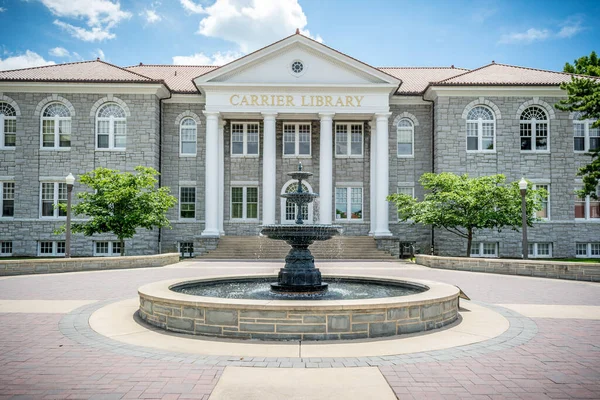
Nestled in the Shenandoah Valley between the Blue Ridge and Allegheny Mountains, Harrisonburg combines natural beauty with the economic stability provided by James Madison University. Housing costs run approximately 20% below national averages despite the town’s picturesque setting and growing culinary reputation.
The surrounding agricultural region supports a vibrant farmers’ market culture that provides affordable access to locally-grown produce, further enhancing household budget efficiency.
Greenville, South Carolina
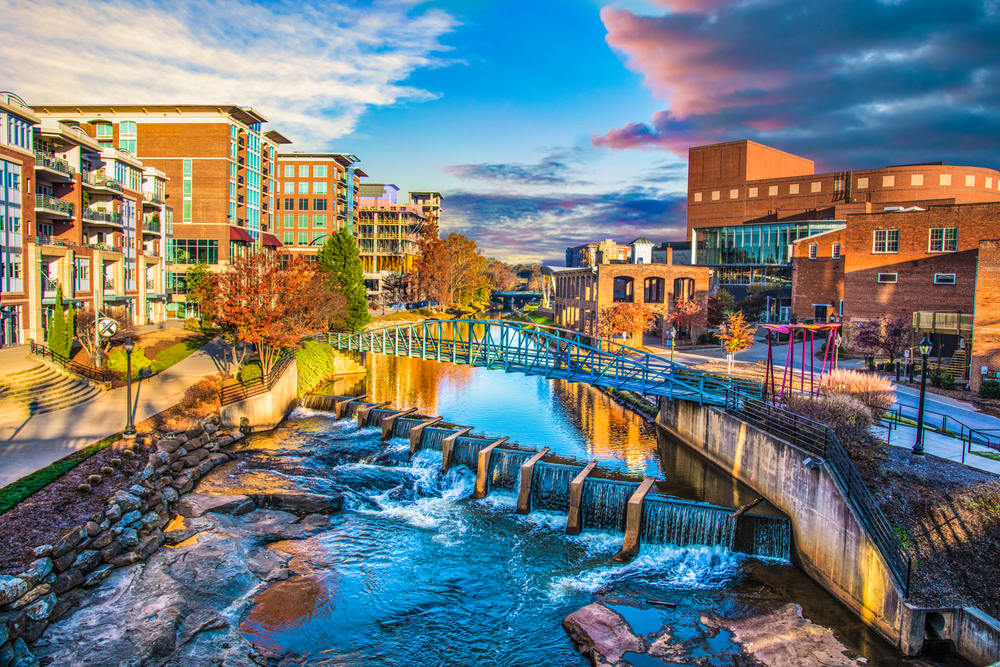
This revitalized former textile town now features one of America’s most charming downtowns while maintaining housing costs roughly 10% below national averages. The diverse economy includes manufacturing, healthcare, and financial services, creating employment across various sectors.
The beautiful Falls Park anchoring downtown provides free enjoyment of the Reedy River, while the extensive trail system connects neighborhoods to natural assets without requiring vehicle expenses.
Duluth, Minnesota

Perched on the western shore of Lake Superior, Duluth combines stunning natural beauty with housing costs approximately 30% below the national average. The port city economy blends traditional industries like shipping and manufacturing with growing healthcare, education, and tourism sectors, creating diverse employment opportunities across multiple skill levels.
The 26-mile Lakewalk provides free access to Superior’s shoreline. At the same time, the surrounding forests and hills offer four-season recreation opportunities from hiking and mountain biking to cross-country skiing and snowshoeing without requiring expensive lift tickets or resort fees.
Like Travel Pug’s content? Follow us on MSN.
Community Connections

Beyond favorable cost structures, these budget-friendly locations share a focus on community-building through accessible public spaces, cultural programming, and natural assets available to all residents regardless of income level. These places demonstrate how thoughtful investment in shared resources—parks, libraries, farmers markets, festivals, and trail systems—creates a quality of life that transcends simple economic metrics.
They remind us that genuine prosperity often emerges from communities that prioritize connection, accessibility, and participation rather than exclusivity or conspicuous consumption. The financial breathing room these twenty locations provide creates opportunities for different life choices—whether entrepreneurship, creative pursuits, family time, or community involvement—that often prove difficult when necessities consume most household budgets.
More from Travel Pug

- Cities Growing so Fast You Won’t Recognize Them in 10 Years
- 13 Destinations Where Tourists Regularly Regret Their Trip
- 16 U.S. Cities That Are Quietly Becoming Travel Hotspots
- Where to Travel If You Love Long Bus Rides and Daydreams
- 20 Cities Perfect for Solo Travelers Who Crave Adventure & Culture
Like Travel Pug’s content? Follow us on MSN.
